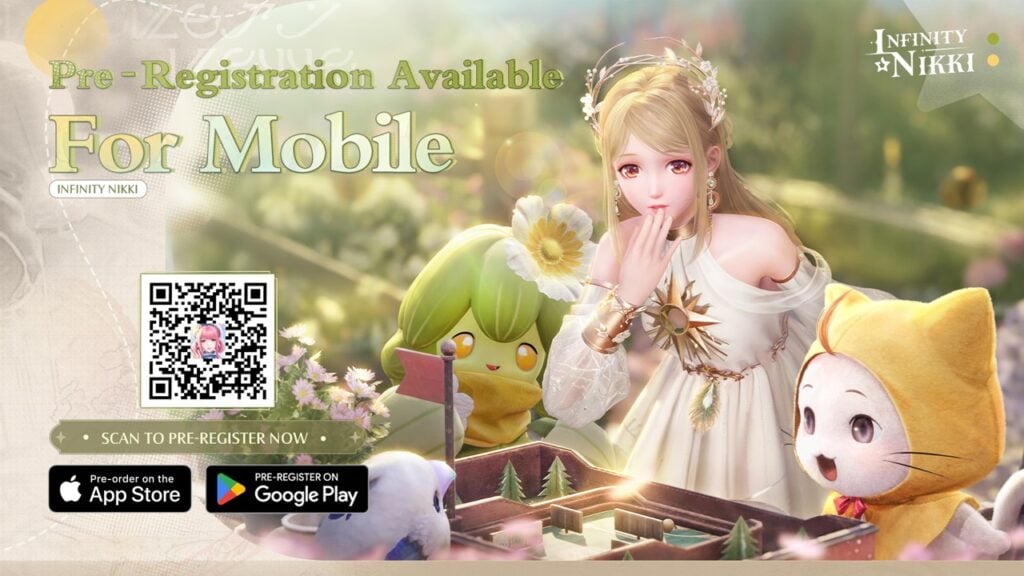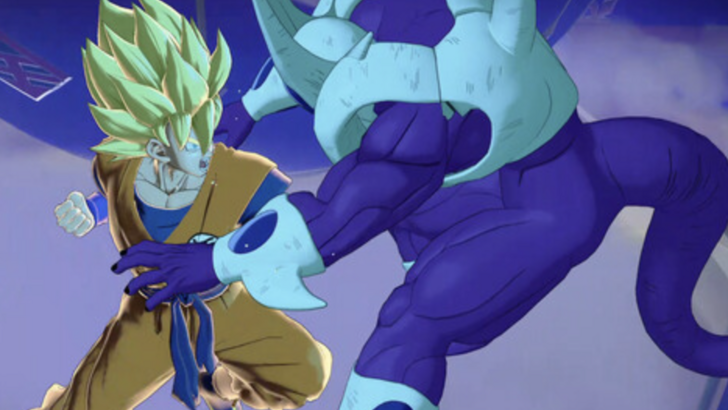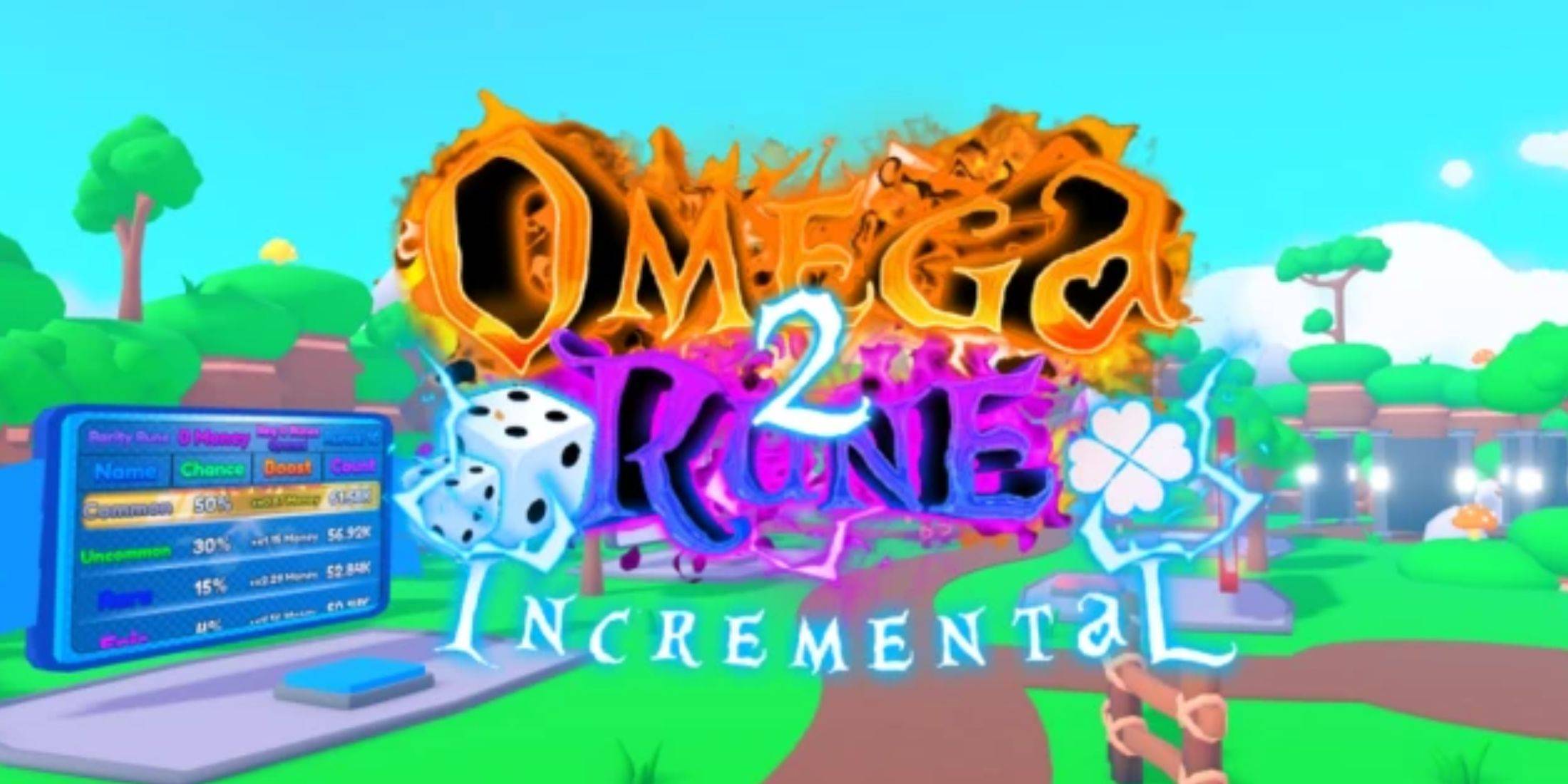Minecraft Milestone: Epic Saga's Enduring Evolution
- By Sadie
- Feb 02,2025
Minecraft: From Humble Beginnings to Global Phenomenon
Minecraft's journey to global gaming dominance is a compelling tale of innovation and community. Launched in 2009, this sandbox creation game, the brainchild of Markus "Notch" Persson, quickly transcended its origins to become a cultural icon. This article details the evolution of Minecraft, from its initial conception to its current status as a multifaceted entertainment ecosystem.
Table of Contents
- Initial Concept and First Release
- Building a Community
- Official Launch and Worldwide Success
- Version History
Initial Concept and First Release
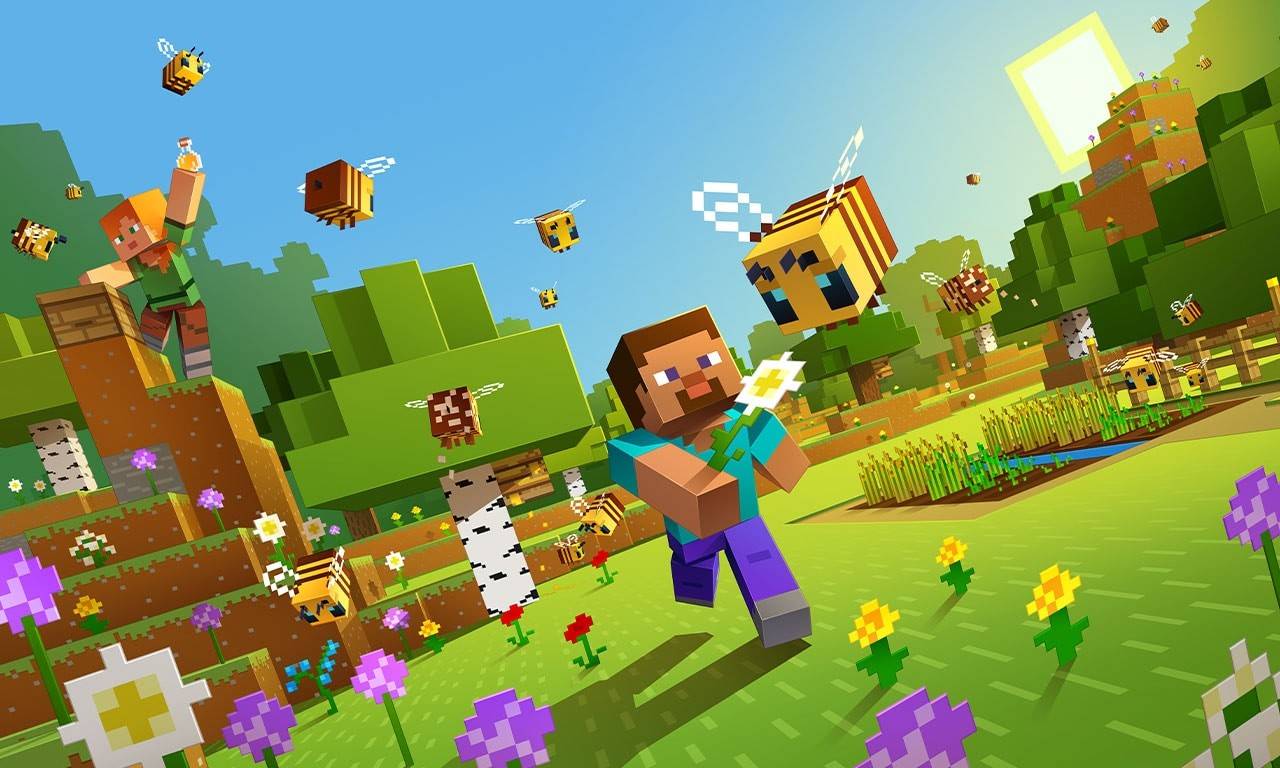 Image: apkpure.cfd
Image: apkpure.cfd
Minecraft's story begins in Sweden with Markus Persson, inspired by games like Dwarf Fortress, Dungeon Keeper, and Infiniminer. His vision: a game offering boundless building and exploration. The alpha version, released May 17, 2009, was a simple, pixelated sandbox experience. Its intuitive building mechanics immediately captivated players, laying the groundwork for its future success.
Building a Community
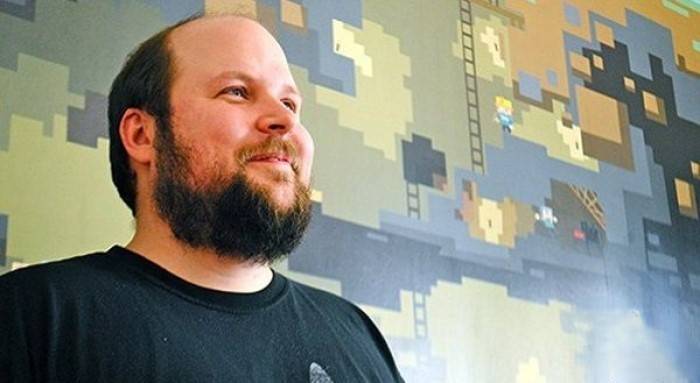 Image: miastogier.pl
Image: miastogier.pl
Word-of-mouth and online buzz fueled Minecraft's rapid growth. By 2010, the game transitioned to beta, prompting Persson to establish Mojang Studios to fully dedicate himself to its development. Minecraft's unique appeal lay in its limitless creative possibilities, allowing players to build anything from homes to replicas of famous landmarks. The introduction of Redstone, a material enabling complex mechanisms, further enhanced the game's depth and replayability.
Official Launch and Worldwide Success
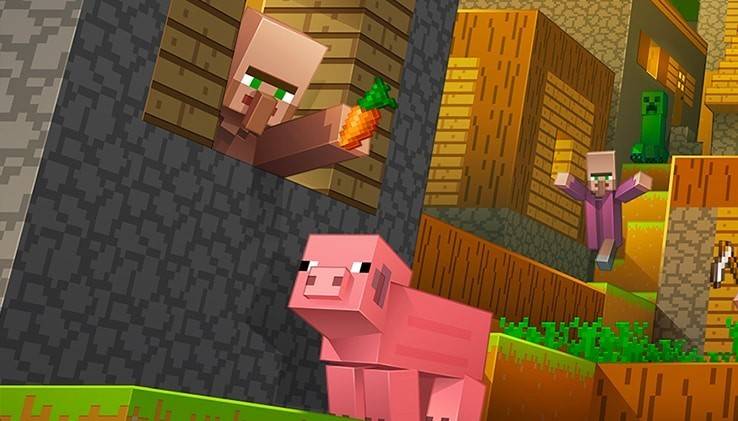 Image: minecraft.net
Image: minecraft.net
The official release of Minecraft 1.0 on November 18, 2011, marked a pivotal moment. Millions of players were already engaged, forming one of the largest and most active gaming communities globally. Players created countless modifications, maps, and even educational projects, demonstrating the game's versatility. Expansion onto consoles like the Xbox 360 and PlayStation 3 in 2012 broadened its reach even further. Minecraft's blend of entertainment and educational potential resonated particularly strongly with children and teenagers.
Version History
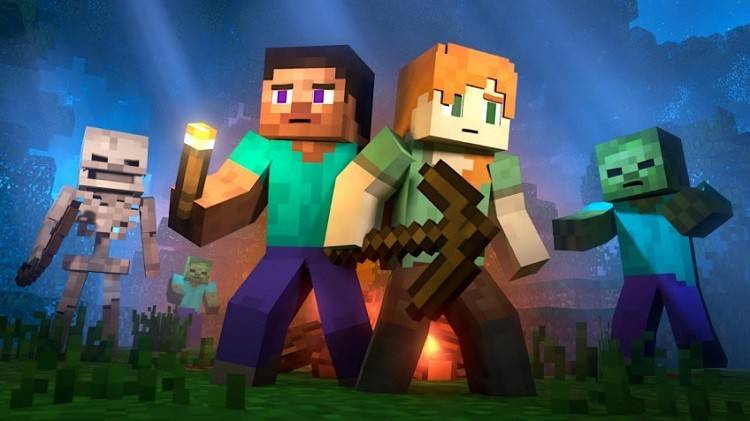 Image: aparat.com
Image: aparat.com
Here's a summary of key Minecraft versions following the official release:
| **Name** | **Description** |
| Minecraft Classic | The original free version. |
| Minecraft: Java Edition | Initially lacked cross-platform play; later integrated Bedrock Edition. |
| Minecraft: Bedrock Edition | Enabled cross-platform play across various Bedrock versions; PC version includes Java. |
| Minecraft mobile | Cross-platform compatible with other Bedrock versions. |
| Minecraft for Chromebook | Chromebook-specific version. |
| Minecraft for Nintendo Switch | Includes the Super Mario Mash-up pack. |
| Minecraft for PlayStation | Cross-platform compatible with other Bedrock versions. |
| Minecraft for Xbox One | Partially Bedrock; no longer receiving updates. |
| Minecraft for Xbox 360 | Support discontinued after the Aquatic Update. |
| Minecraft for PS4 | Partially Bedrock; no longer receiving updates. |
| Minecraft for PS3 | Support discontinued. |
| Minecraft for PlayStation Vita | Support discontinued. |
| Minecraft for Wii U | Featured off-screen play. |
| Minecraft: New Nintendo 3DS Edition | Support discontinued. |
| Minecraft for China | China-exclusive version. |
| Minecraft Education | Educational version used in schools and learning environments. |
| Minecraft: PI Edition | Educational version for Raspberry Pi. |
Conclusion
Minecraft's enduring legacy extends far beyond the game itself. It's a thriving ecosystem encompassing communities, online content, merchandise, and competitive events. Continued updates introduce new biomes, characters, and features, ensuring its continued relevance and appeal. Minecraft remains not just a game, but a global phenomenon.
Latest News
more >-
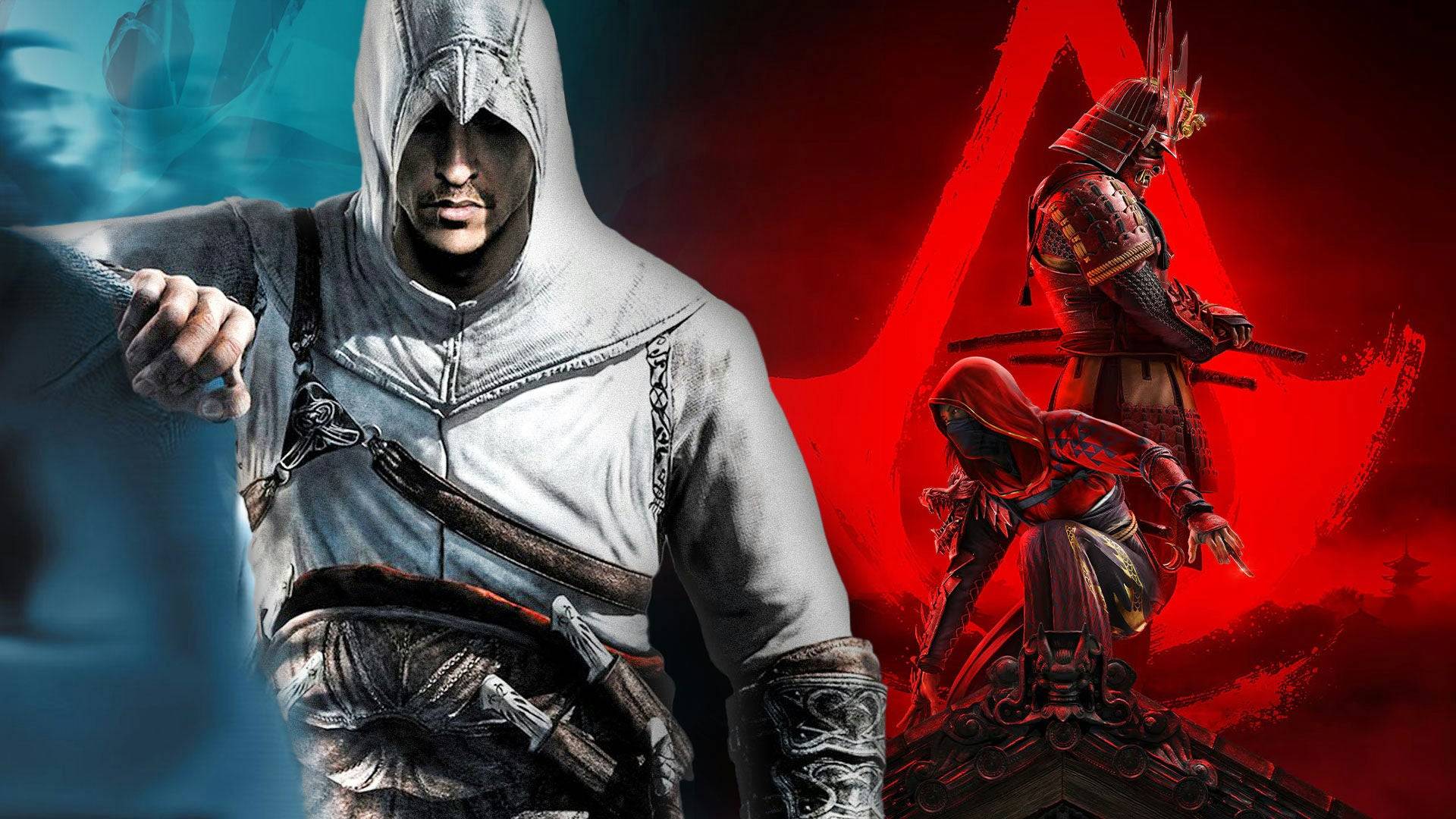
-
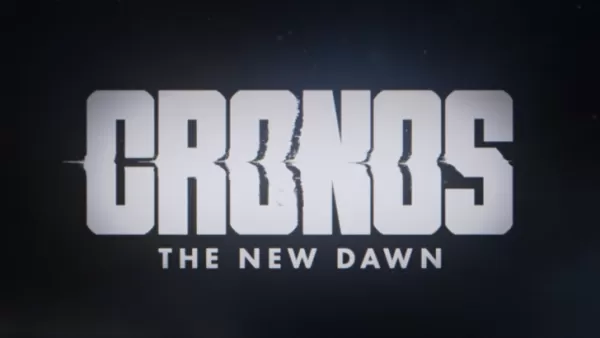
- Cronos The New Dawn Launch Date Announced
- Dec 20,2025
-
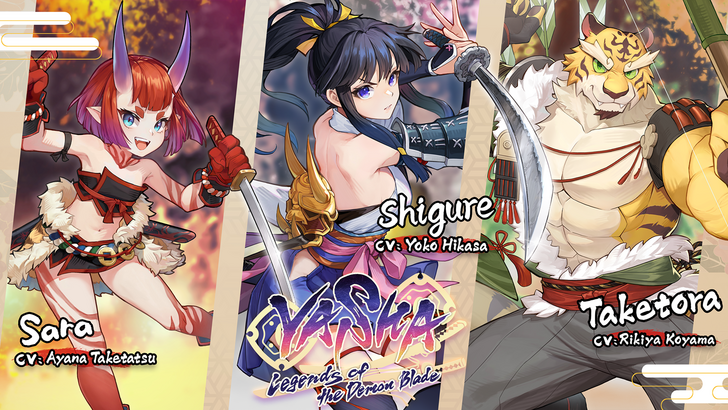
- Yasha: Demon Blade Set to Launch in April 2025
- Dec 19,2025
-
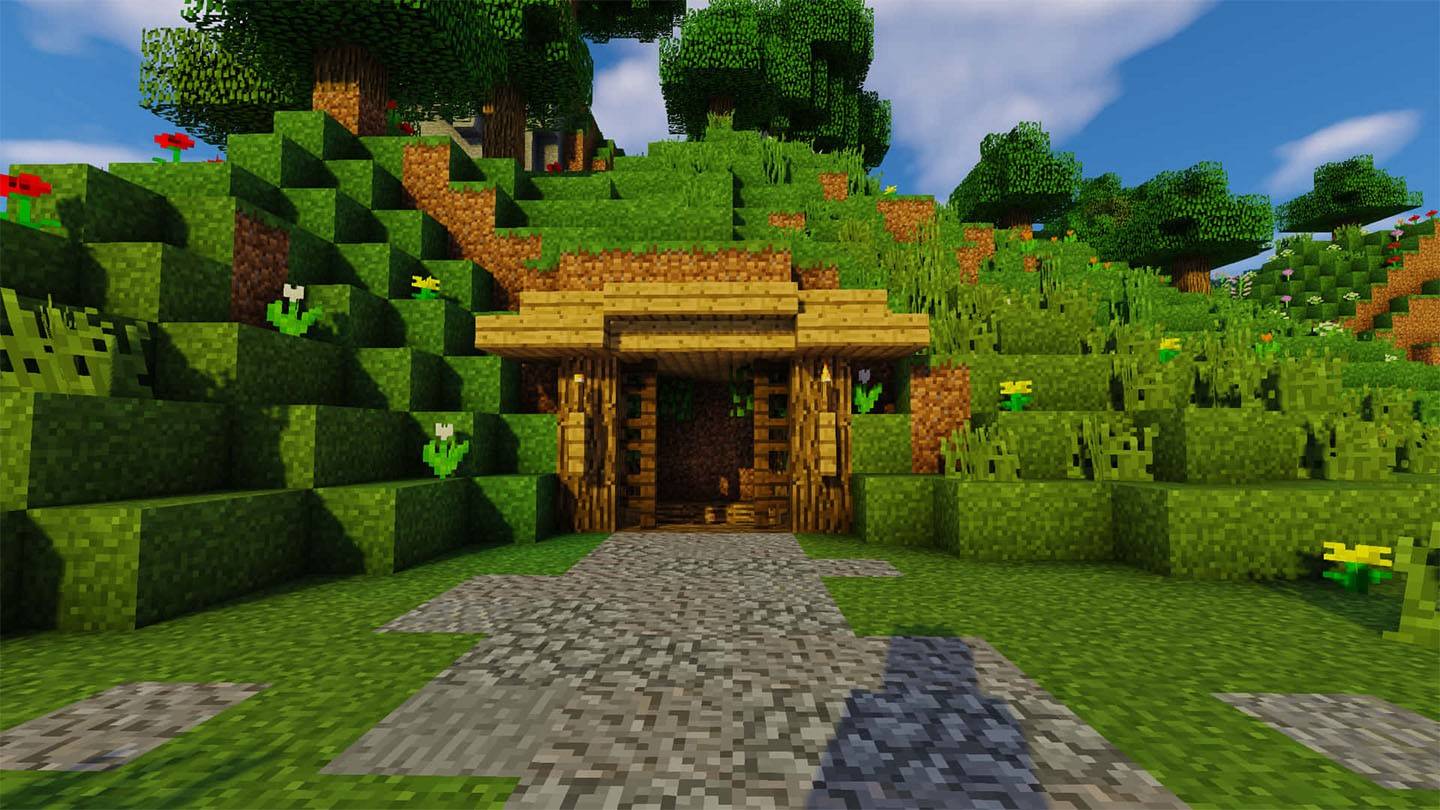
- Minecraft Doors: Types, Crafting & Automation
- Dec 19,2025
-
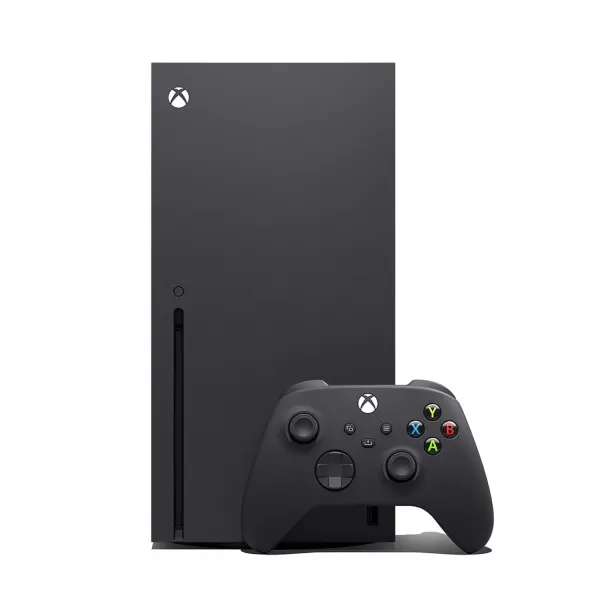
- Buy Xbox Series X|S Before Price Hike
- Dec 19,2025
